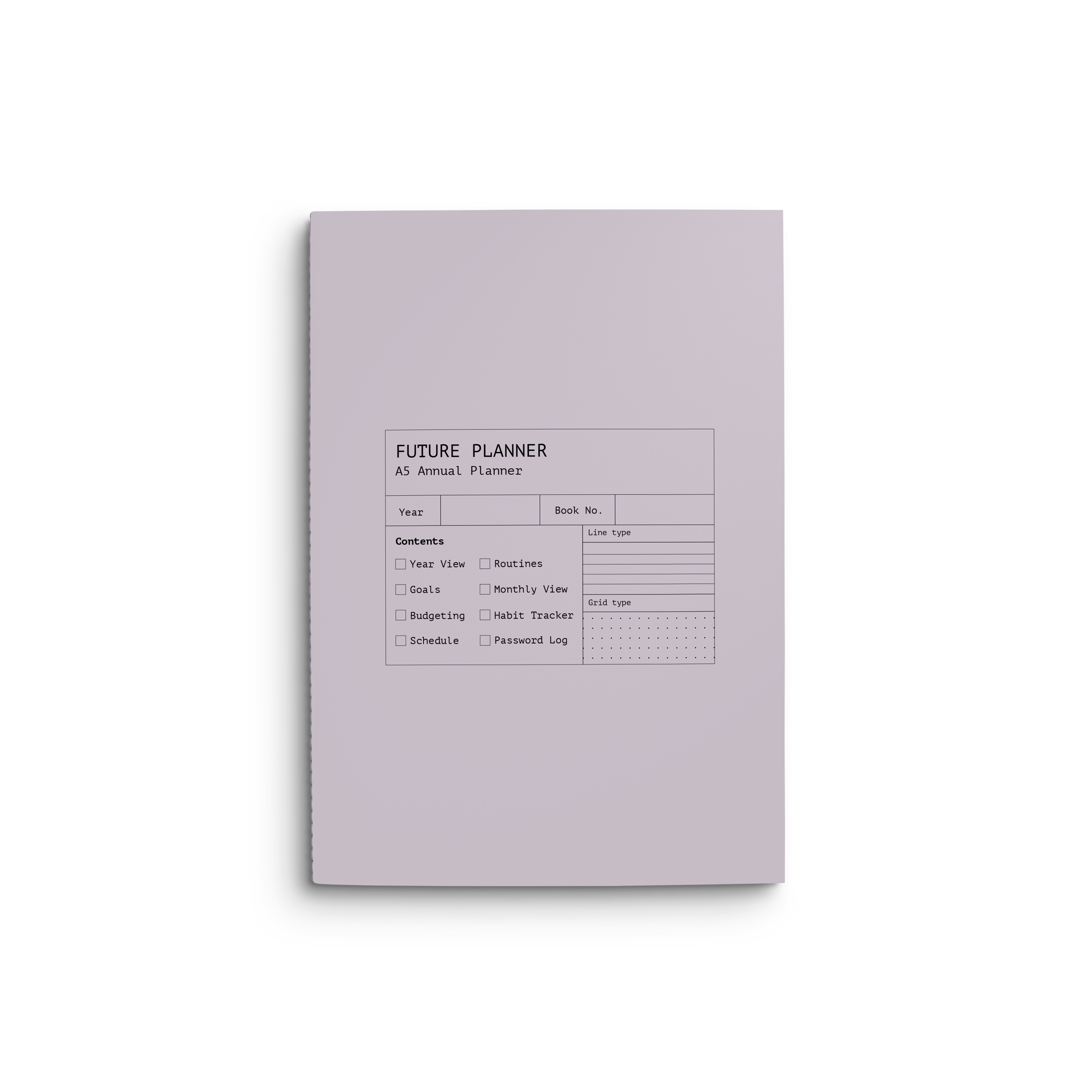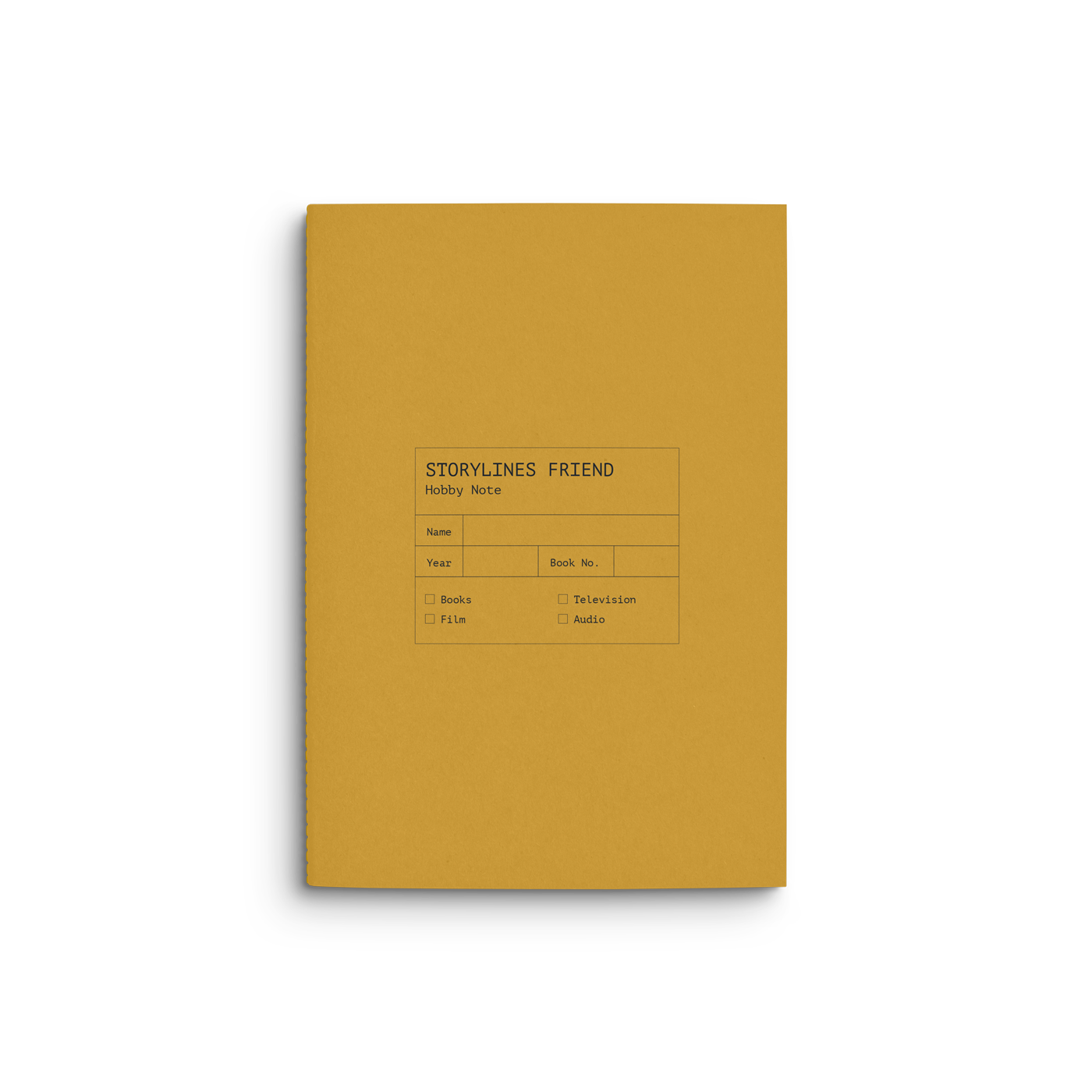The following is detailed reporting and research on the efficacy of the Fast Brain design system and the underlying principles behind it's development.
I. Introduction: Redefining Productivity for the Neurodivergent Brain
The "Fast Brain Friend" is not merely a planner; it is a meticulously designed productivity system born from a deep, personal understanding of the neurodivergent experience. The system was developed with the explicit intent to serve the "neurodivergent mind" by providing a tool that brings order to a brain that can feel like a "constant hum of an orchestra (or swarm of bees) echoing throughout".(1) While many productivity systems operate from a neurotypical framework, the Fast Brain system is built on a different philosophy, one that prioritizes flexibility, novelty, and the reduction of cognitive friction. The purpose of this report is to provide a detailed, science-backed analysis of the core reasons this planner has resonated so profoundly with its audience. This document serves as a comprehensive reference, substantiating the four key pillars of the Fast Brain system with contemporary psychological and neuroscientific principles.
II. Understanding the ADHD Brain's Challenges and Needs: The Foundation of the Fast Brain System
To appreciate the intentional design of the Fast Brain system, it is essential to first understand the common challenges individuals with Attention-Deficit/Hyperactivity Disorder (ADHD) face. These challenges are not moral failings but rather are rooted in well-documented neurobiological differences that affect what are known as executive functions.(3)
The Core Challenge: Executive Function Deficits
Executive function is an umbrella term for the mental processes that enable us to plan, organize, manage time, and carry out tasks efficiently.(3) For individuals with ADHD, these functions are often impaired, a reality that affects an estimated 90% of children with the condition and carries over into adulthood.(3) The deficits manifest in a variety of daily struggles, from difficulties with time management and organization to challenges with initiating and completing tasks.(3) This can lead to a chaotic feeling of being overwhelmed by multiple obligations, missed deadlines, and a constant sense of being late or unprepared.(3)
User testimonials for the Fast Brain system often transcend typical product praise, revealing a deeper, more emotional connection. Quotes such as "I feel so seen and supported," and "it actually WORKS for my ADHD brain" (7) indicate that the product's success is not merely functional but profoundly psychological. For an audience that has often felt a sense of personal failure for their struggles with organization, a tool that is explicitly designed for a brain "like mine" provides powerful validation. The emotional relief and sense of being understood are a direct measure of how effectively the product addresses these core executive function deficits, offering a framework that implicitly validates the problem before providing a solution.
The Reality of Time Blindness and Perfectionist Paralysis
A pervasive symptom of ADHD is "time blindness," a term describing the difficulty in perceiving and managing the passage of time.(8) This can cause an individual to consistently underestimate how long tasks will take, struggle to stick to a schedule, or get stuck in a state of "waiting mode" where they feel they cannot start a task because a future event is "too close".(8) For an individual with time blindness, a traditional, dated annual planner can become a source of anxiety. When a day or a week is missed, the blank, unused pages can create what one user described as "perfectionist stress".(10) This guilt can trigger an "all-or-nothing" cycle, where the user feels they have failed the system and completely abandons it, leaving "hundreds of unused planner pages glaring at me emptily".(7)
The Fast Brain system's strategic choice to be a collection of 12 undated, monthly notebooks is a direct countermeasure to this cycle. By providing a "bite-sized" format, it removes the external pressure of a looming, unforgiving schedule.(2) The user can simply pick up with a fresh notebook and a "fresh sense of purpose" at any time, eliminating the guilt and sense of wasted pages.(1) This subtle but monumental shift in the user's relationship with the tool promotes a culture of progress over perfection, making consistency a sustainable reality rather than an unattainable ideal.
The Neurobiological Need for Novelty and Dopamine
The prefrontal cortex (PFC), the brain region responsible for executive functions like attention regulation, is highly dependent on optimal levels of neurochemicals like dopamine and norepinephrine.(12) For those with ADHD, a lack of these neurotransmitters can make it difficult to sustain "top-down" attention on tasks that are perceived as mundane or boring.(4) The brain, in its natural state, is wired for novelty and is easily captivated by more salient, interesting stimuli, which is why individuals with ADHD can be easily distracted but also experience "hyperfocus" on a favorite game or hobby.(8)
This neurobiological reality suggests that traditional, monotonous planners are destined to fail for the ADHD brain. Their repetitive nature quickly becomes mundane, failing to provide the necessary neurochemical stimulation to maintain engagement. The Fast Brain system's design, however, is a behavioral intervention that leverages this very need for novelty. Features such as "multiple rotating page designs" and "gamification elements" are not merely aesthetic choices; they are intentionally crafted to introduce "just enough change to stimulate your mind" and "help that dopamine flow".(1) This understanding reframes the user's struggle as a neurobiological reality and positions the planner as a tool specifically designed to accommodate and leverage that reality for sustained productivity.
III. The Four Pillars: How the Fast Brain System is Loved by ADHDers
The intentional design of the Fast Brain system directly addresses the core challenges of the ADHD brain by focusing on four key pillars that are backed by psychological and neuroscientific principles.
Pillar 1: Externalizing the Executive Brain
Working memory is the mental "scratchpad" used to temporarily hold and process information required for a task.(5) For individuals with ADHD, deficits in this area can make it feel like the brain is constantly trying to keep track of a multitude of competing thoughts and lists, a process that consumes significant mental energy and creates a sense of "mental overload".(1) This constant mental juggling is known as a high "cognitive load".(15)
The Fast Brain system provides a powerful solution by serving as an external reservoir for these thoughts, effectively "outsourcing" and "offloading" the cognitive demands that would otherwise overwhelm working memory.(13) The planner’s "plenty of list-makers and space to dump mental overloads" (1) physically transfers the "hum of an orchestra" of thoughts onto the page, freeing up valuable mental "workspace".(13) This offloading allows the brain to stop "circling" and instead dedicate its energy to problem-solving, creativity, and focusing on the task at hand.(14) The relief from this process is powerfully articulated by a user who noted that they no longer have "73 different lists in different places" and instead can use the daily planner when they want, and it is a resource that "has completely excited, supported and nourished me!".(7) This is the essence of a planner acting as a "second brain"(14)
Pillar 2: Combating Overwhelm with Bite-Sized Goals
The tendency for individuals with ADHD to feel overwhelmed by large, multi-step tasks is a significant barrier to productivity.(3) This is often because the brain struggles with the higher-level executive functions required to break down a large goal into a logical, sequential series of smaller steps, a process known as "chunking".(5) When the "problem space" between the current state and the desired goal feels too large, it can lead to inaction, procrastination, and "ADHD paralysis".(4)
The Fast Brain system's design directly addresses this by providing a "day-to-a-page" layout, which prevents the "overwhelm of a looming schedule".(1) The bite-sized, monthly notebook format reinforces this concept of tackling one month at a time, promoting a sustainable "one tiny step at a time" approach.(7) This structure combats the perfectionist all-or-nothing mindset, as users can "pick and choose layouts to fit your needs each day" without feeling the pressure of a rigid, unbroken schedule.(2) This flexibility is a profound benefit, allowing the user to "make and shape the planner to suit my changing needs" (7) and feel as though they "CONFORM THE PAPERS TO MEE!!!".(7)
Pillar 3: Engaging the Brain with Purposeful Novelty
The neurobiological reality of the ADHD brain's need for novelty must be accommodated for a productivity system to be effective long-term.(12) Traditional planners, with their static and repetitive design, quickly lose their ability to provide the "top-down" stimulation necessary for sustained attention.(12)
The Fast Brain system leverages this need by incorporating elements of "game, colour-coding and habit tracking" that "add novelty to each design, helping that dopamine flow".(1) The "rotating layouts" introduce "just enough change to stimulate your mind each day".(2) This strategic use of varied and engaging design elements turns the act of planning from a monotonous chore into a stimulating activity. This approach is what makes the system feel different and more effective than other planners for ADHDers, who often describe finding regular planners "too boring to stick to".(2) The fact that users report this is "the planner I have used the most BY FAR" (7) is a testament to the power of a design that intentionally engages the brain's inherent wiring for novelty.
Pillar 4: Reducing Cognitive Load Through Visual Simplicity
According to Cognitive Load Theory, the design of educational or organizational materials can significantly impact how much mental effort is required to process them.(15) An overly cluttered or complex visual design creates "extraneous cognitive burden," which is unnecessary mental effort that hinders learning and information processing.(18) For the ADHD brain, which may already be working with limited executive function energy, an overly structured or visually busy planner can become an additional source of friction and overwhelm.(10)
The Fast Brain system's "minimalist BUJO (bullet journalling) aesthetic" is a deliberate design choice that reduces this extraneous cognitive load.(1) By providing a clean, open space, it allows the individual's "brilliant brain... room for its daily creative outlet" and to organize thoughts without the visual chaos of rigid lines and pre-filled sections.(1) The design avoids the common pitfall of other planners that have "open, unlabeled spaces or boxes" which can feel overwhelming.(10) Instead, the simple, spacious layout provides a clear canvas for the user to externalize their thoughts in a way that feels intuitive rather than restrictive. A user's comment that the planner "doesn't treat it as a negative quality" and that it "feels like I've been in crowds of strangers averting their eyes and suddenly someone made eye contact with me" (7) speaks to this powerful effect. The visual simplicity is not a lack of features; it is a profound and purposeful choice to remove friction and support a brain that thrives with clarity.
IV. A Synthesis of Product, Psychology, and Community
The Fast Brain system's success is not a coincidence but the result of a deliberate, neuro-informed design philosophy. The product's features are not isolated elements but are deeply intertwined with established principles of psychology and neuroscience. The following matrix synthesizes the core features, the underlying scientific principles they address, and the resulting user benefits. This framework provides a clear, logical, and powerful argument for the system's effectiveness.
|
Planner Feature |
Underlying Scientific Principle(s) |
User Benefit / Testimonial Theme |
|
Day-to-a-page layouts & 12 notebooks |
Chunking & Anti-Perfectionism |
Reduced overwhelm, fresh start, guilt-free flexibility |
|
List-makers & space for mental dumps |
Externalization of Working Memory |
Freed mental space, "second brain" feeling |
|
Rotating layouts, gamification |
Neurobiological need for Dopamine |
Sustained engagement, novelty-driven consistency |
|
Minimalist BUJO aesthetic |
Cognitive Load Theory & Dual-Coding |
Visual simplicity, reduced mental friction, clarity |
|
Undated format |
Time Blindness & Perfectionist Paralysis |
Freedom to skip days, "no empty pages glaring" |
V. Conclusion
The Fast Brain system's success among the ADHD community is a powerful validation of its foundational design philosophy. The planner is not a rigid tool for an idealized, neurotypical user, but a flexible, validating framework for a neurodivergent one. By externalizing the executive brain, promoting bite-sized goals, engaging the need for novelty, and providing a clean visual space, the system directly addresses the core psychological and neurobiological challenges of ADHD. The Fast Brain Friend is a powerful example of how a product born from lived experience and informed by rigorous scientific principles can provide a solution that is not just functional but also a source of deep psychological support and relief.
V1. Reference List
-
CHADD (Children and Adults with Attention-Deficit/Hyperactivity Disorder). (n.d.). What Is Executive Function? Retrieved from https://chadd.org/about-adhd/what-is-executive-function/
-
Creators Friend. (n.d.). Fast Brain Friend Planner. Retrieved from https://creatorsfriend.com.au/
-
Future ADHD. (n.d.). Future ADHD Review. Retrieved from https://futureadhd.com/reviews/creators-friend
-
Lulu. (n.d.). Lulu Reviews. Retrieved from https://lulu.com/reviews/creators-friend
-
Paas, F., Renkl, A., & Sweller, J. (2003). Cognitive load theory and instructional design: Recent developments. Educational Psychologist, 38(1), 1-4.
-
Paivio, A. (1986). Mental representations: A dual coding approach. Oxford University Press.
-
PMC (PubMed Central). (n.d.). Working memory and ADHD. Retrieved from https://www.ncbi.nlm.nih.gov/pmc/articles/PMC6487856/
-
Research.com. (n.d.). Working Memory and ADHD. Retrieved from https://research.com/working-memory-adhd
-
Spencer, T. J., & Biederman, J. (2007). The role of dopamine in attention-deficit/hyperactivity disorder. The ADHD Report, 15(6), 1-7.
-
TikTok. (n.d.). Creator's Friend Explainer Video. Retrieved from https://www.tiktok.com/@creatorsfriend/video/7250703672072555783
-
Wilson, R. A., & Clark, A. (2006). Where the action is: The philosophy of embodied cognition. The MIT Press.











